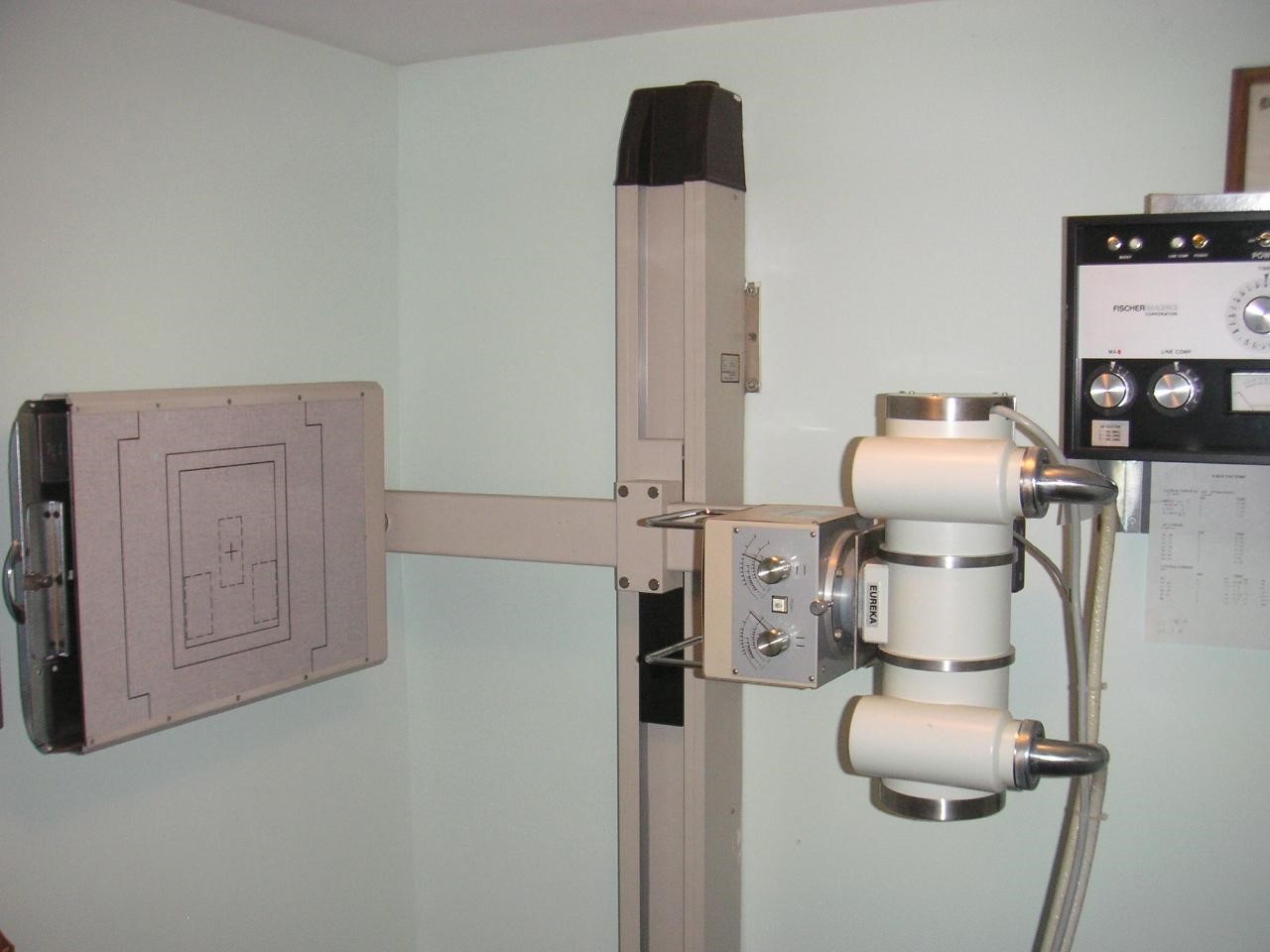
Diagnostic ultrasound, also called medical sonography, is a type of imaging that uses sound waves to produce pictures of structures inside the body. The technology is similar to ultrasound used in pregnancy, but diagnostic ultrasound is used for a variety of different medical conditions.
How does an ultrasound work?
An ultrasound machine emits high-frequency sound waves, inaudible to human ears, that bounce off internal organs and structures. The returning echoes are converted into electrical impulses that create a real-time image on the ultrasound screen.
Ultrasound images are often called sonograms. They’re used to look at a baby during pregnancy, but they can also be used to examine blood vessels, organs, and tissues.
What are the different kinds of ultrasounds?
There are two main types of ultrasound exams: diagnostic ultrasound and therapeutic ultrasound.
Therapeutic ultrasound uses lower energy sound waves than diagnostic ultrasound. The sound waves can be used to treat conditions such as cancer or to break up kidney stones.
Diagnostic ultrasound vs X-ray

If you’re in need of a diagnostic ultrasound machine for sale, there are many options on the market. You can find both new and used ultrasound machines for sale, depending on your needs and budget. There are also many different types of ultrasound machines available, so you’re sure to find one that meets your specific needs.
Ultrasound is a painless test that doesn’t use ionizing radiation (such as X-rays). That means it’s safe for both you and your baby. ultrasound can be used to:
- Monitor the health of your baby during pregnancy
- Check for problems with the placenta or umbilical cord
- Get a better view of your baby if you’re experiencing complications
- Assess the amount of amniotic fluid surrounding your baby
Diagnostic ultrasound can also be used to diagnose problems with organs, such as the liver, pancreas, and kidneys. It can also be used to guide biopsies and needle aspirations.
If you’re considering ultrasound for your next diagnostic imaging test, be sure to talk to your doctor about the benefits and risks. ultrasound is a valuable tool that can help you and your doctor make informed decisions about your health.
Benefits of Diagnostic Ultrasound
- Painless – ultrasound uses sound waves, not radiation, to create images of the inside of your body. That means it’s a painless test. Safe – ultrasound is safe for both you and your baby. It doesn’t use ionizing radiation, so it poses no risk to you or your child.
- Quick – ultrasound is a quick and easy test. The entire exam usually takes less than 30 minutes.
- Inexpensive – ultrasound is a relatively inexpensive imaging test.
- Non-invasive – ultrasound is a non-invasive procedure, so there’s no need for anesthesia or recovery time.
- Use No Ionizing Radiation – ultrasound uses sound waves, not radiation, to create images. That means it’s a safe test for both you and your baby.
- Diagnose a variety of Conditions – ultrasound can be used to diagnose problems with organs, such as the liver, pancreas, and kidneys. It can also be used to assess the amount of amniotic fluid surrounding your baby.
- Guide Biopsies and Needle Aspirations – ultrasound can be used to guide biopsies and needle aspirations. This helps your doctor to obtain a sample of tissue for further testing.
- Monitor the Health of Your Baby – ultrasound can be used to monitor the health of your baby during pregnancy. It can also be used to check for problems with the placenta or umbilical cord.
- Soft-Tissue Visualization – ultrasound is a great way to visualize soft tissue, such as the liver, pancreas, and kidneys.
- No Recovery Time – ultrasound is a non-invasive procedure, so there’s no need for recovery time. You can usually go about your day after the test.
- High-Frequency Sound Waves – ultrasound uses high-frequency sound waves to create images of the inside of your body.
- Widely Used – ultrasound is a widely used imaging modality. It’s often used in both hospitals and clinics.
- Portable – ultrasound machines are portable, so they can be used in a variety of settings.
- Easy to Use – ultrasound is easy to use and doesn’t require special training.
- Child-Friendly – ultrasound is a child-friendly procedure. It’s often used to examine babies during pregnancy.
- Portable – ultrasound machines are portable, so they can be used in a variety of settings.
- Evaluate the baby’s size: Ultrasound can be used to determine the baby’s gestational age and estimated due date.
- Assess the baby’s growth: Ultrasound can be used to track the baby’s growth throughout pregnancy.
- Determine the baby’s position: Ultrasound can be used to determine the baby’s position in the uterus.
- Assess the placenta: Ultrasound can be used to assess the placenta and umbilical cord.
- Detect multiple pregnancies: Ultrasound can be used to detect twins, triplets, or more.
- Screen for birth defects: Ultrasound can be used to screen for certain birth defects, such as neural tube defects.
- Monitor the pregnancy: Ultrasound can be used to monitor the health of both the mother and the baby during pregnancy.
There are some potential drawbacks to ultrasound, such as:
Operator Dependent – the quality of the images produced by ultrasound is operator-dependent. That means it can be difficult to get consistent results from one test to the next.
Limited Use in obese patients – ultrasound may be limited in its use in obese patients due to the inability to obtain clear images through layers of fat.
Inconclusive results – ultrasound is not always able to provide a definitive diagnosis. In some cases, additional testing may be needed to confirm the results of the ultrasound.
Ultrasound is a valuable tool that can help you and your doctor make informed decisions about your health. While there are some potential drawbacks to ultrasound, the benefits outweigh the risks.
Comments
comments